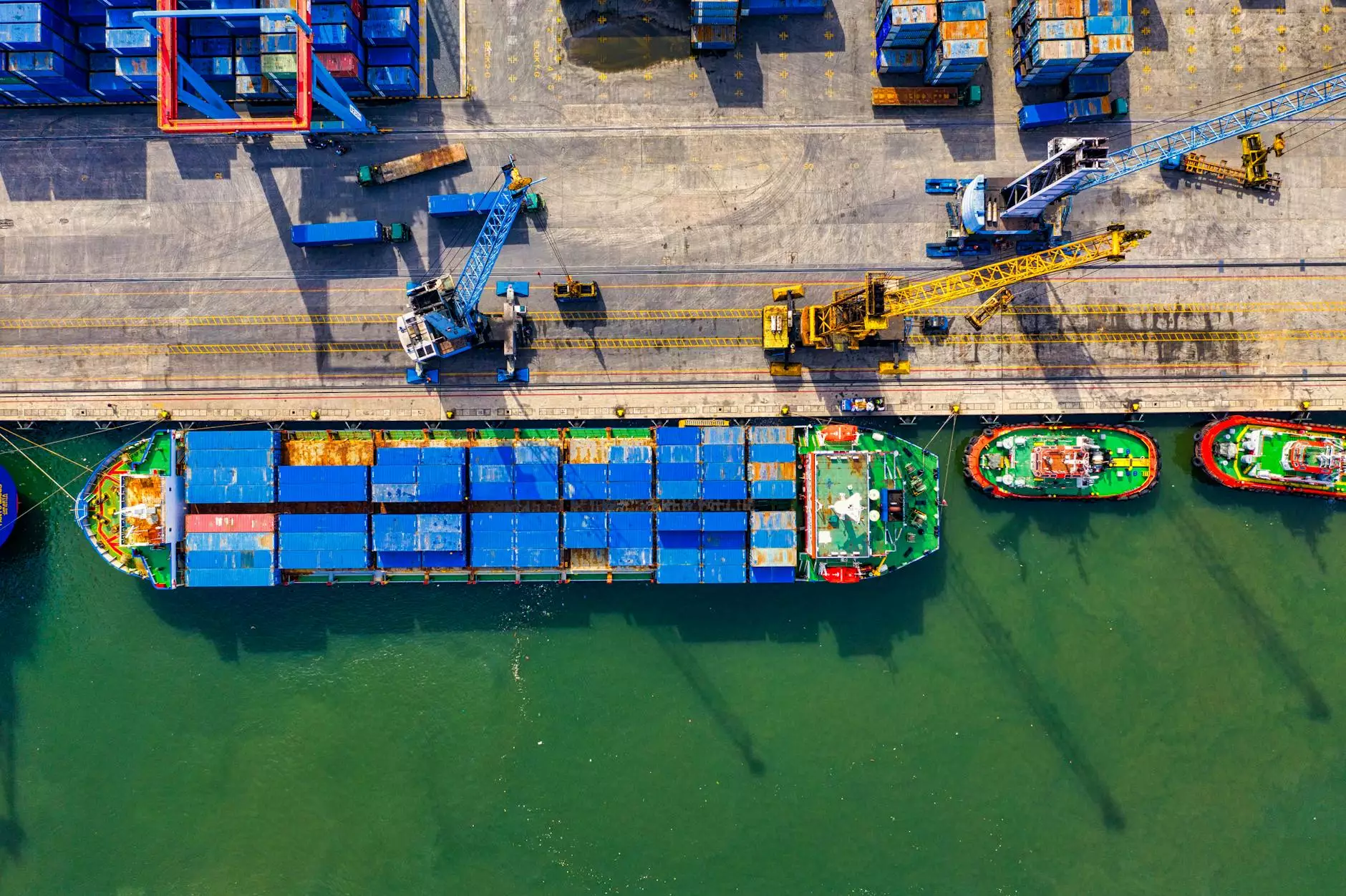Understanding Lung Cancer CT Scans: A Comprehensive Guide

Lung cancer remains one of the leading causes of cancer-related deaths globally. The early detection of lung cancer is crucial for improving patient outcomes and survival rates. Among several diagnostic tools, the lung cancer CT scan plays a pivotal role. In this article, we will delve deep into the significance of lung cancer CT scans, their benefits, the procedure involved, and recent advancements in technology.
The Importance of Early Detection of Lung Cancer
Early detection of lung cancer can drastically affect treatment success. The earlier the cancer is detected, the higher the chances of effective treatment options. Key reasons why early detection is imperative include:
- Improved Survival Rates: Patients diagnosed at an early stage often have better treatment outcomes.
- Minimally Invasive Treatment Options: Early-stage lung cancer may often be treated with surgical options that are less invasive.
- Increased Awareness: Education on lung cancer screening can lead to more patients seeking help promptly.
What is a Lung Cancer CT Scan?
A lung cancer CT scan (computed tomography scan) is a specialized imaging test that provides detailed pictures of the lungs and other structures in the chest. Unlike standard X-rays, which offer a limited view, CT scans create cross-sectional images allowing doctors to see fine details.
Types of Lung Cancer CT Scans
There are generally two types of lung cancer CT scans:
- Low-Dose Screening CT: Primarily used for high-risk individuals, this type of scan uses lower doses of radiation to detect lung cancer at an earlier stage.
- Diagnostic CT: This scan is used to evaluate findings from other imaging tests or to investigate symptoms like persistent cough and unexplained weight loss.
How Does a Lung Cancer CT Scan Work?
During a lung cancer CT scan, the patient lies on a movable table, and the CT machine circles around them, taking multiple X-ray images from different angles. This process typically includes the following steps:
- Preparation: The patient may need to refrain from eating or drinking for a few hours before the procedure.
- Administration of Contrast Material: Depending on the situation, a contrast dye may be administered via an IV to enhance the images.
- Scanning Process: The patient holds their breath for a few seconds while the machine captures images.
Benefits of Lung Cancer CT Scans
The benefits of undergoing a lung cancer CT scan are profound, influencing both patient experience and health outcomes:
1. High Sensitivity and Specificity
CT scans can detect tumors that are not visible on regular X-rays, making them an essential tool in early detection.
2. Detailed Imaging
The detailed images produced can help in determining the size, shape, and location of lung abnormalities which are vital for accurate diagnosis.
3. Better Treatment Planning
With comprehensive imaging results, healthcare providers can create a tailored treatment plan, potentially involving surgery, radiation, chemotherapy, or targeted therapy.
4. Monitoring Treatment Effectiveness
Follow-up CT scans help in monitoring how well the treatment is working, guiding doctors to modify treatment strategies if necessary.
Risks and Considerations
While lung cancer CT scans offer valuable insights, there are some considerations to be aware of:
- Radiation Exposure: Although low-dose CT scans minimize radiation exposure, there is still a small risk associated with frequent scans.
- False Positives: CT scans may sometimes suggest the presence of cancer when there is none, leading to unnecessary anxiety and further testing.
- Contrast Reaction: Some patients may have allergic reactions to the contrast dye used in the scan.
Advancements in Lung Cancer Screening Technology
Technological advancements continue to enhance the effectiveness of lung cancer CT scans:
1. Artificial Intelligence (AI)
AI is being increasingly integrated into radiology, helping radiologists analyze images more quickly and accurately, detecting subtle changes that might indicate cancer.
2. Improved Screening Methods
Innovations in low-dose CT technology are continually emerging, making lung cancer screening safer and more accessible to at-risk populations.
3. Integration with Other Modalities
Combining CT scans with other imaging methods, such as PET scans, can provide comprehensive information about lung cancer, leading to better diagnostic accuracy.
Preparing for a Lung Cancer CT Scan
Preparation for a lung cancer CT scan is essential for ensuring high-quality images:
Before the Scan
Patients should inform their doctor of any medications, allergies, or medical conditions. It is also advisable to avoid wearing clothes with metal zippers or fasteners, as these can interfere with the scan.
During the Scan
Following the instructions given by medical staff and remaining still throughout the procedure is crucial to obtain clear images.
After the Scan
Post-scan, patients can typically return to normal activities. However, those who received contrast dye may need to stay for a short observation to monitor for any allergic reactions.
Conclusion: The Vital Role of Lung Cancer CT Scans
In summary, the lung cancer CT scan is a vital tool in the early detection and management of lung cancer. It not only aids in diagnosing lung tumors at an early stage but also helps in planning effective treatment strategies that can save lives. As technology continues to evolve, the role of CT scans in lung cancer care will only become more pronounced, offering hope and direction for patients at risk.
For individuals in need of lung cancer screening or other health-related medical assessments, consulting with healthcare professionals whom you trust is essential. At Health & Medical, including specialized areas like Sports Medicine and Physical Therapy, we prioritize patient care and aim to provide the best diagnostics and treatments available.









